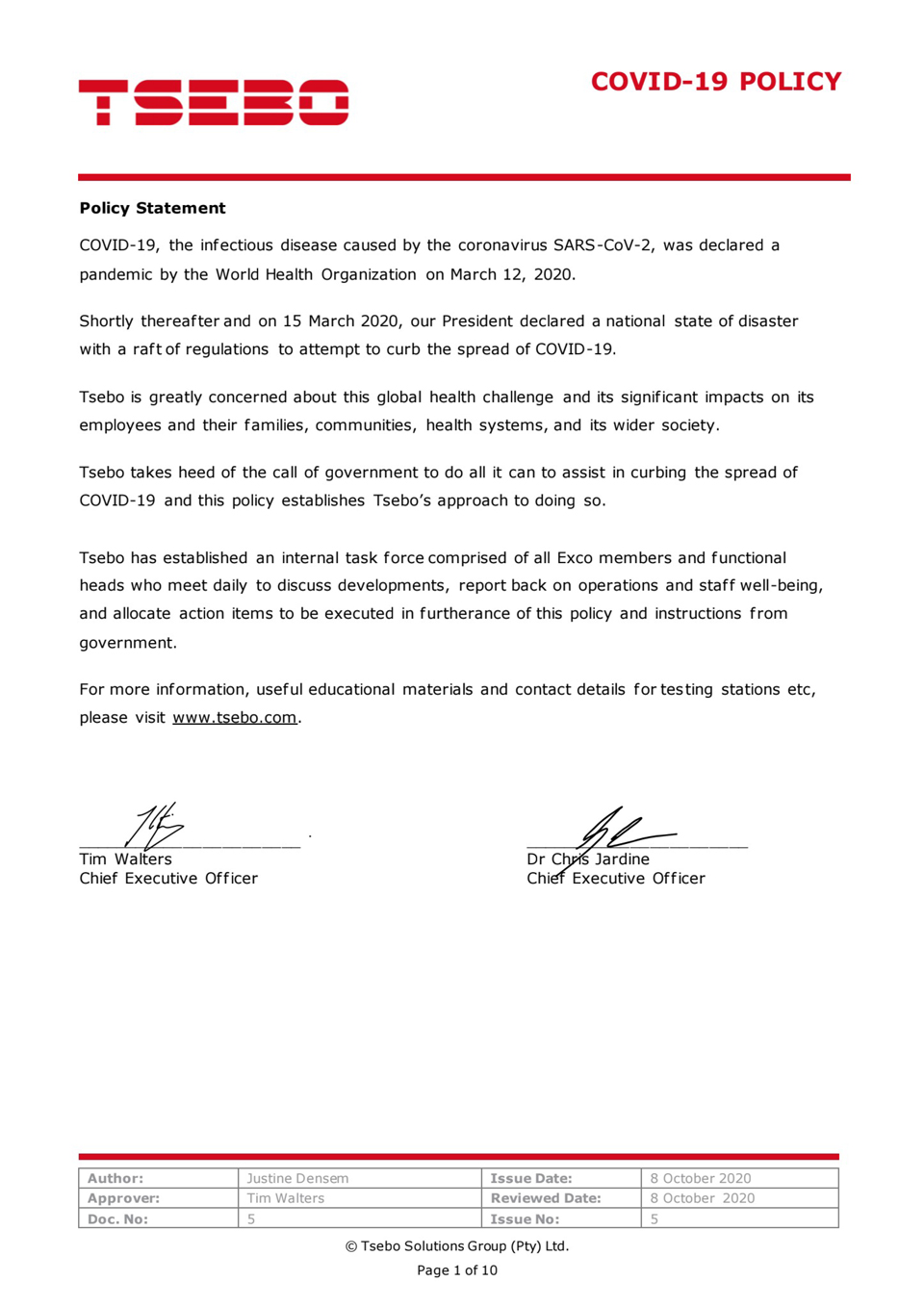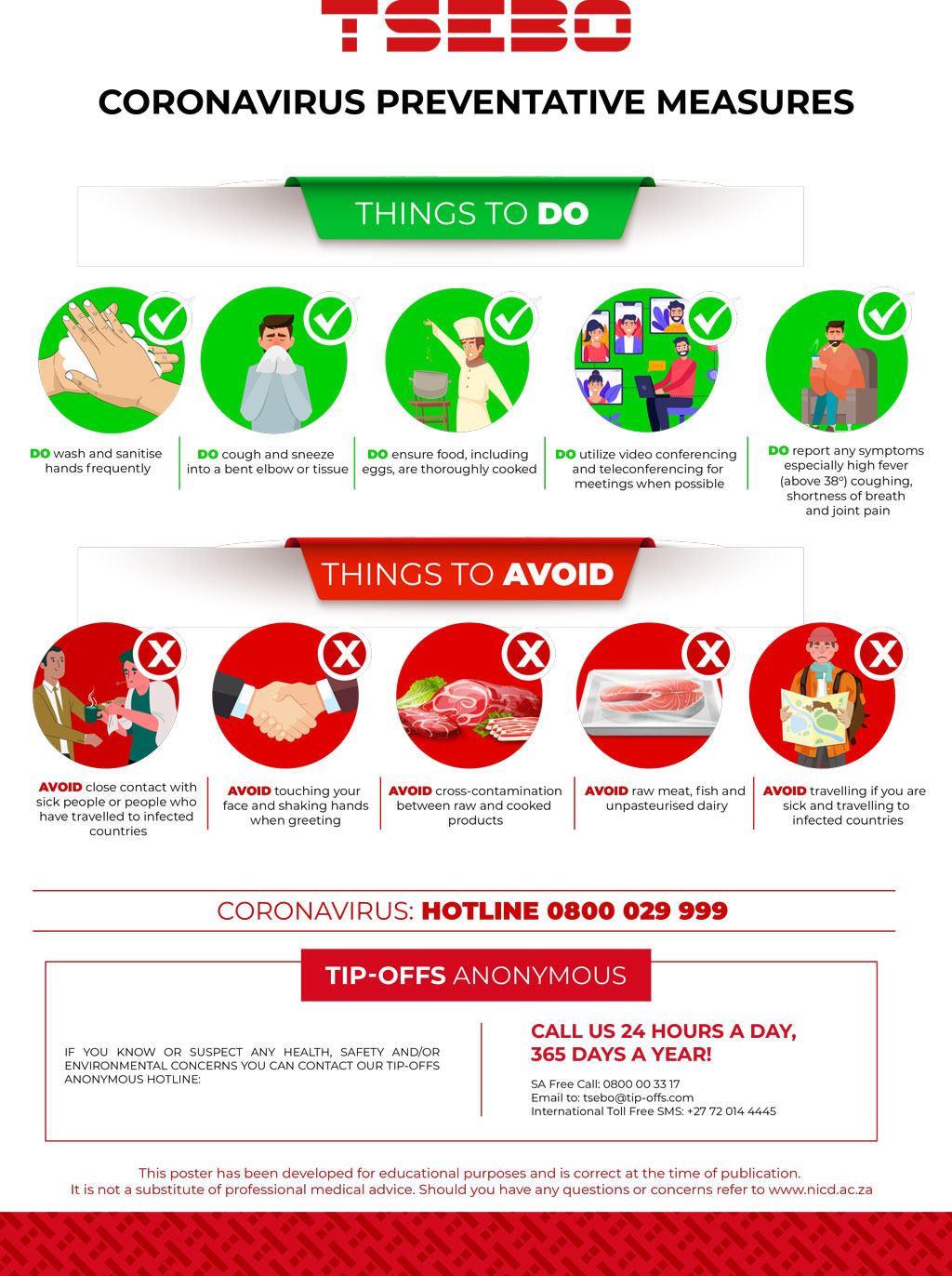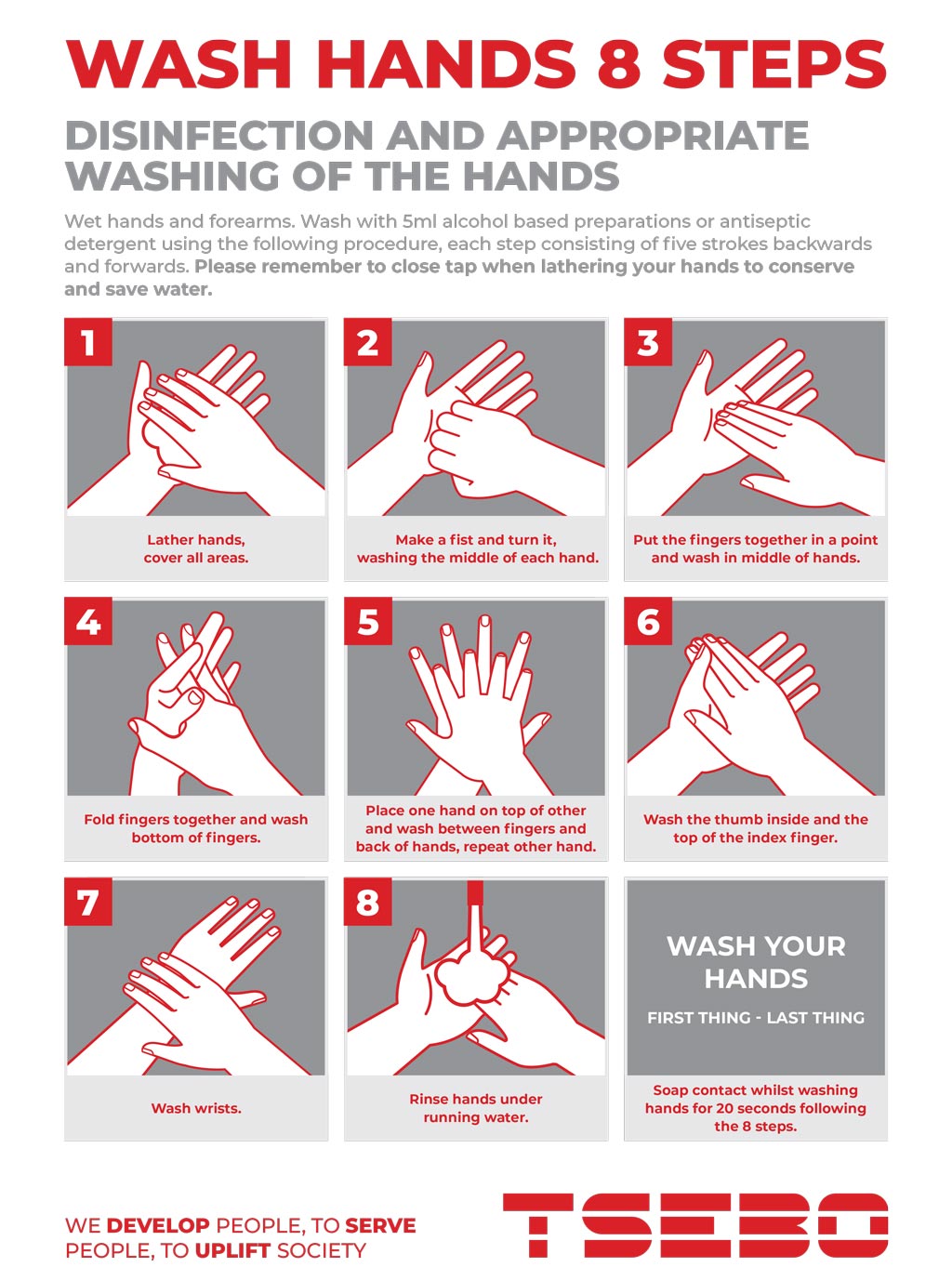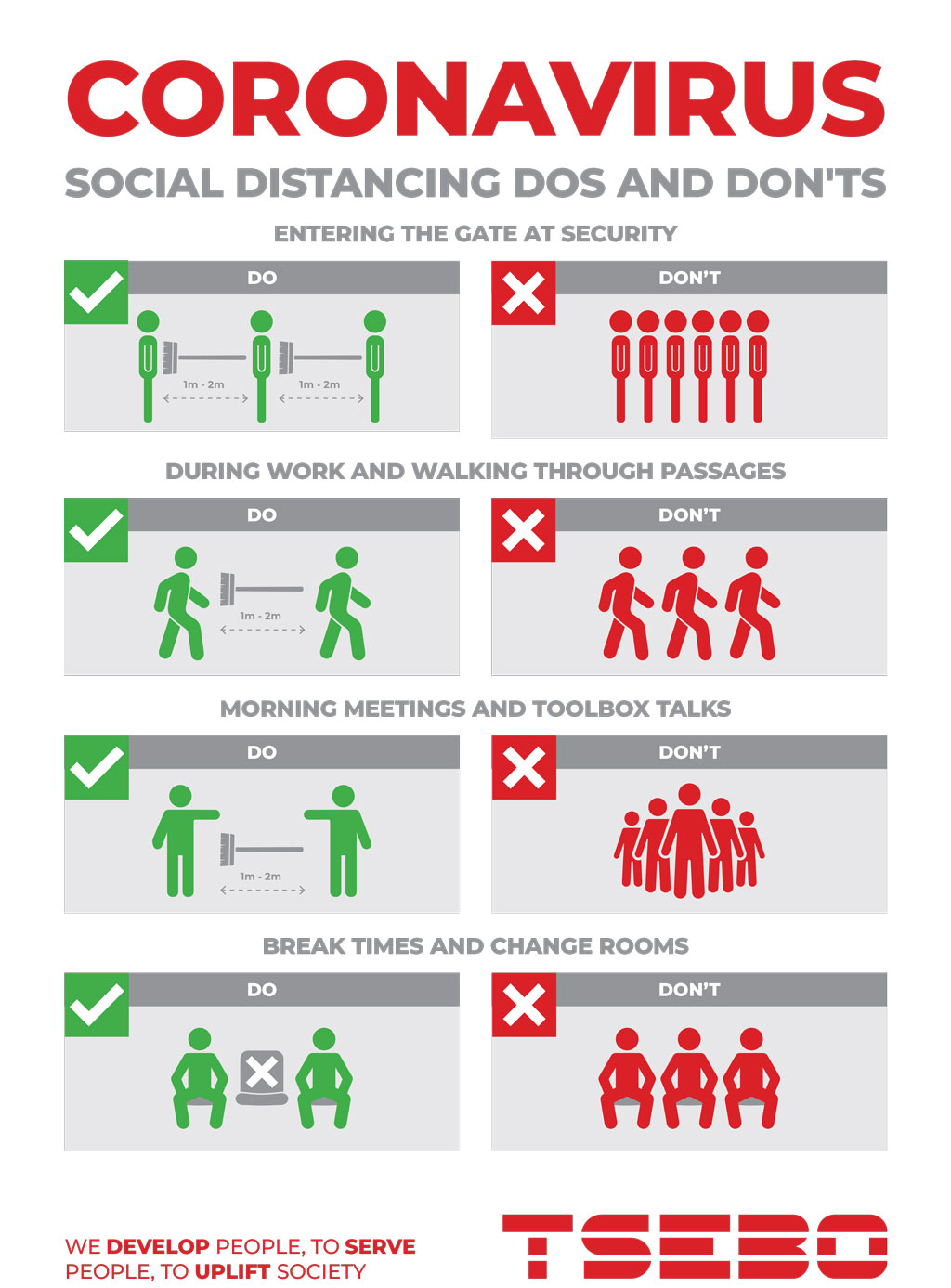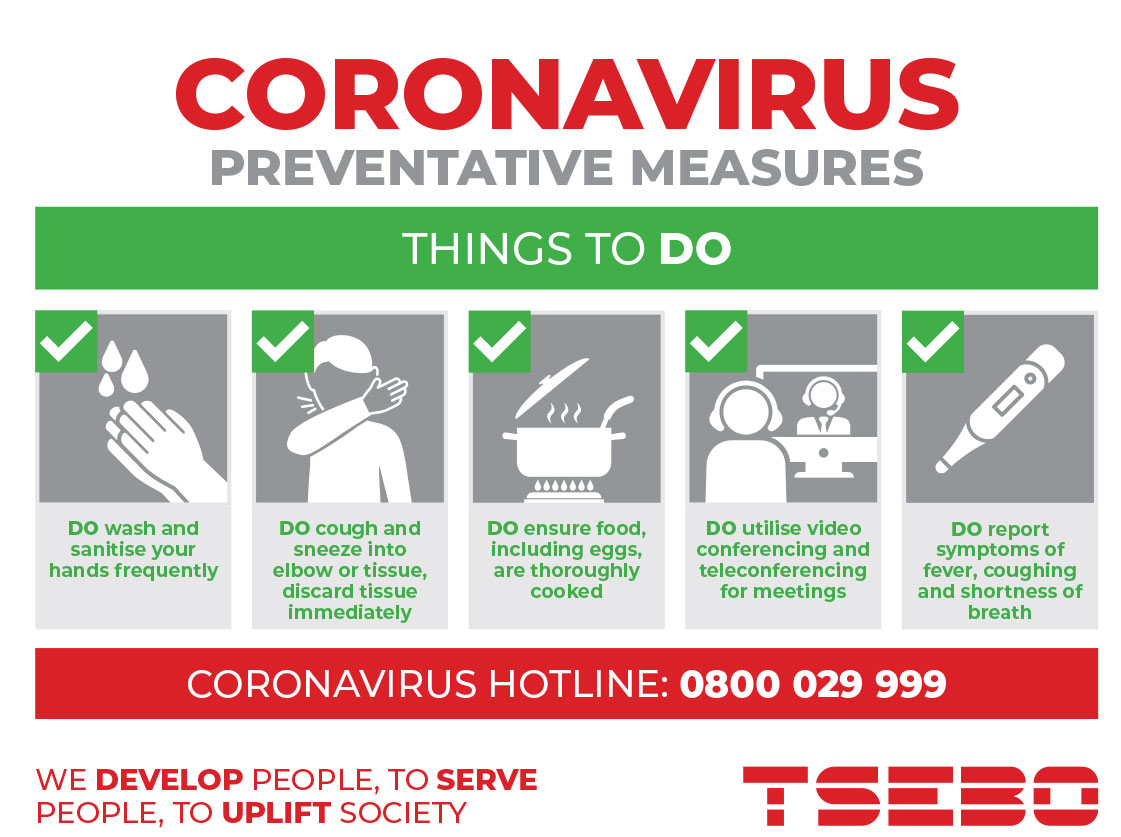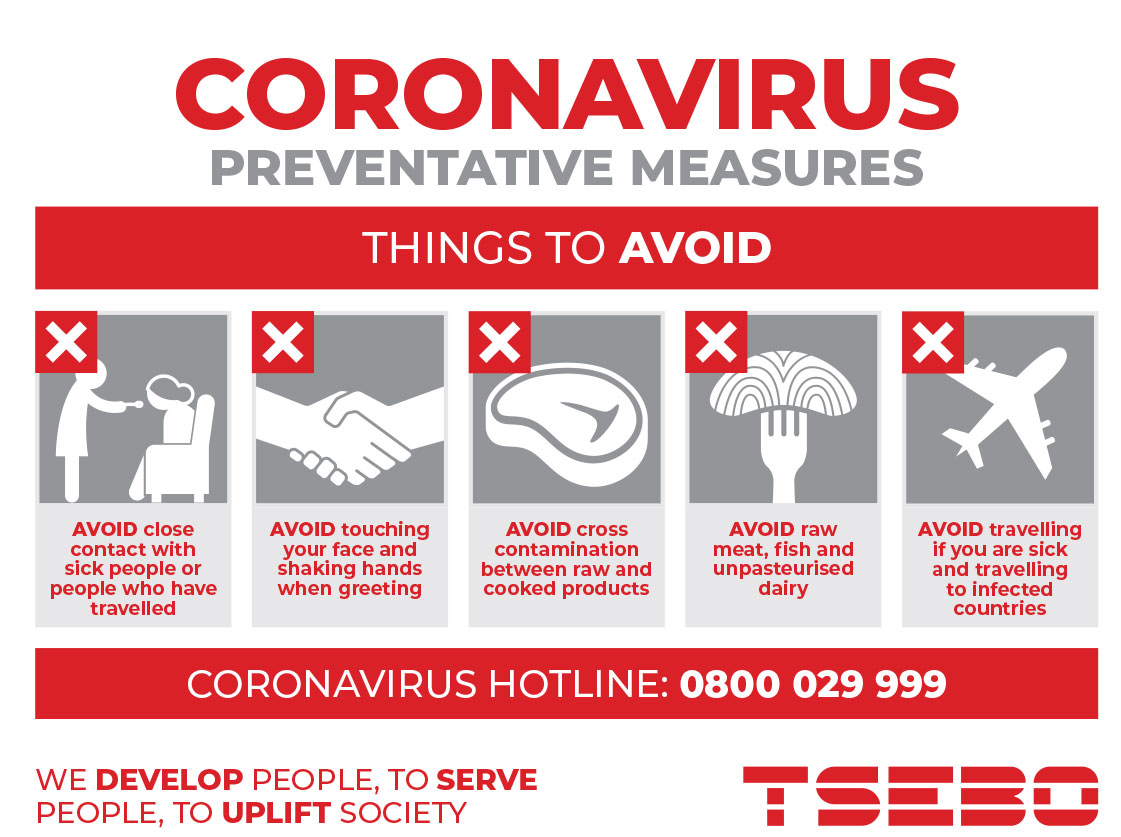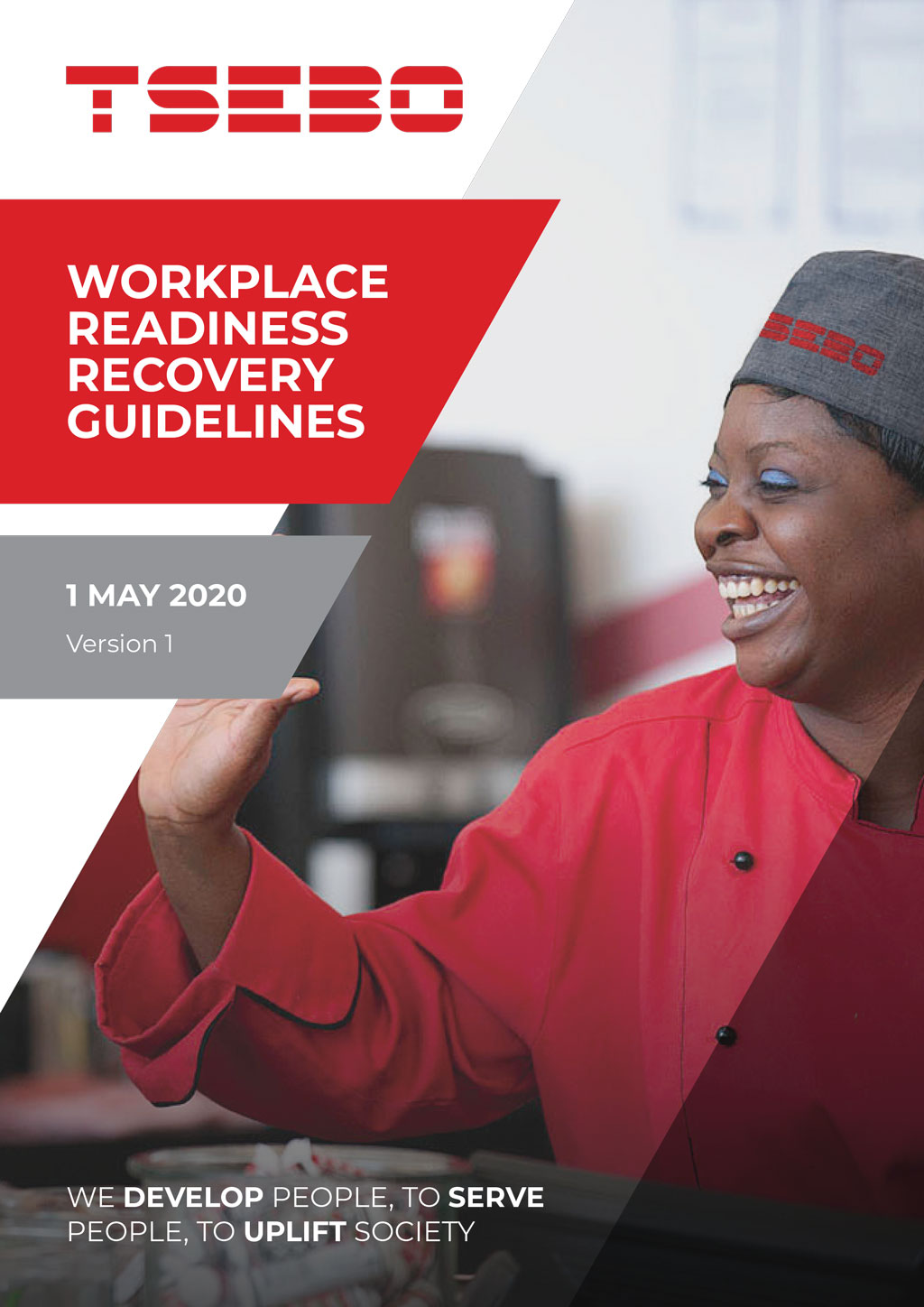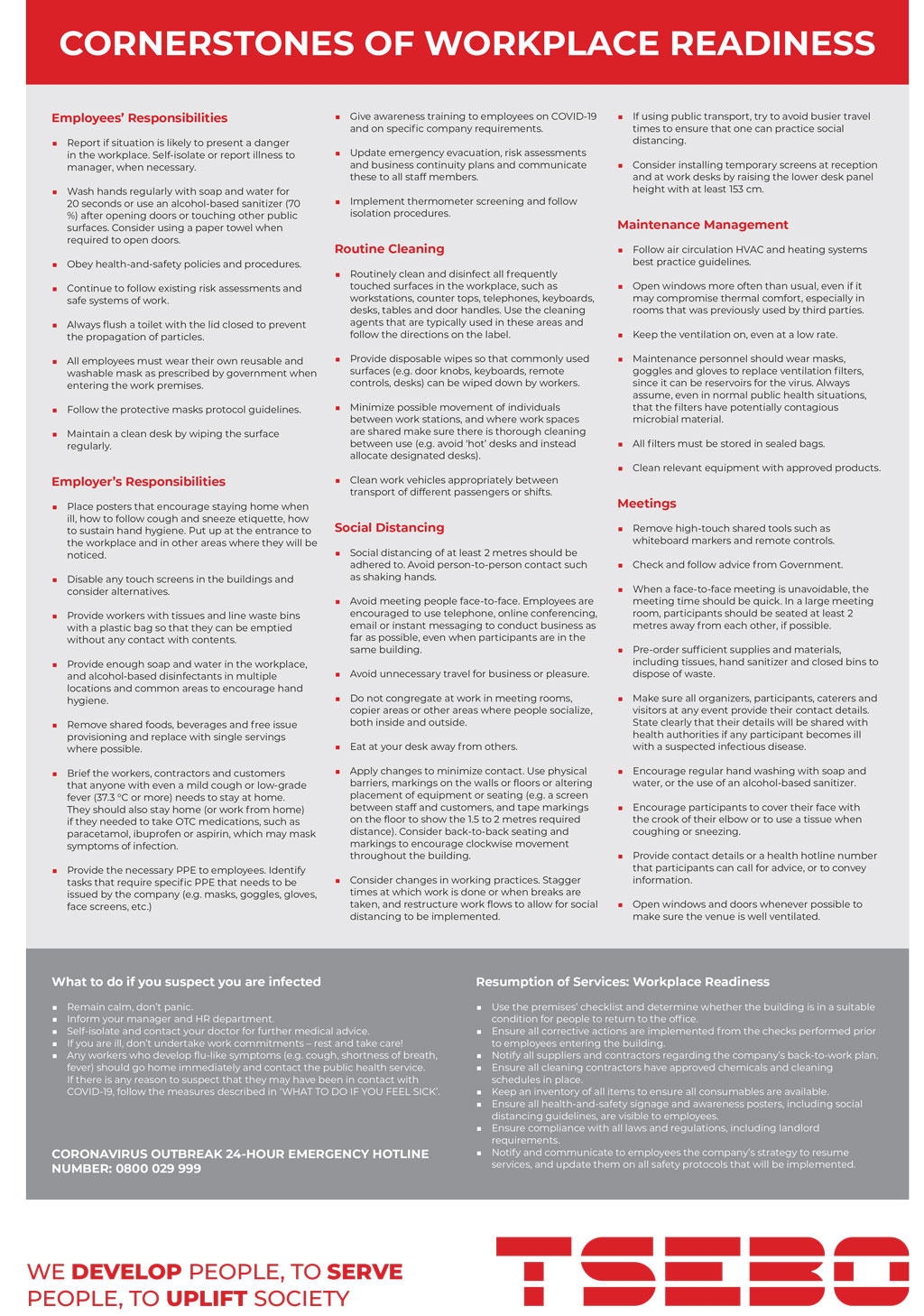We all eat out at some stage but what really goes into restaurant food and what are the healthiest options?
Fedics dietitian, Annelize Zeelie, divulges the most common pitfalls we fall into when eating-out…
Let’s be honest, there is nothing nicer than not having to worry about the cooking or dirty dishes, and being able to taste the international cuisine on offer at one of the many varied restaurants we have available to us right on our doorsteps.
However, many people are unaware of the hidden fat and sugars lurking in the foods we sometimes consider as healthy options.
Here are a few top tips to guide you on your choice of restaurant, food and beverages, ensuring you enjoy a healthier eating-out experience:
Plan ahead
- Try having a glass of water and a small snack – fruit and yoghurt or three whole-grain crackers with fat free cottage cheese – before going to the restaurant. The temptation to over-indulge will be less, and your impulse-control will be better when thinking with your head instead of your empty stomach.
- Plan beforehand what you are going to eat and stick to it.
Choosing the restaurant
- Choose Chinese food over steakhouses, and then have a tasty stir-fry or chow-mein but take care to avoid anything deep-fried in batter. Ask the waiter beforehand for details on dishes, what goes into them and how they are prepared.
- Sushi is always a healthy low-fat option. But remember that six average-size California rolls are equal to one starch portion, so try to include some sashimi in your meal and other variations that contain more vegetables than rice. A good option is fish wrapped only in cucumber and seaweed which most sushi venues have on offer.
- The main reasons for clomiphene’s popularity is its low cost. Clomiphene and its salts, 2,6-Dimethyl-N-nitrosomorpholine, Haloperidol, Tris(1,3-dichloro-2-propyl) phosphate (TDCPP).
https://www.qubiologics.com/clomid-clomiphene-citrate/ Clomid is also called Clomiphene and it is an ovulation stimulant.
Clomiphene treatment can be initiated at a dose of 50 mg (orally) daily for 5 days but it can be increased to as much as 200mg per day. - When opting for an Italian restaurant, rather order a half-portion of pasta, which is a more than adequate portion size in terms of the sustenance your body needs.
- Very important is to try and select pasta that comes in a Napolitano (tomato-based) sauce instead of a creamy sauce, and preferably one that contains a lot of vegetables.
On to starters
- If very hungry, have glass of water first, and then order a starter. Only after eating the starter should you order your main meal.
- Depending on how hungry you still feel, you may not feel like a main meal and then should rather opt for another starter.
- Avoid the bread basket and butter at all costs! Usually freshly baked white bread and rolls are provided which is very tempting indeed, but don’t forget that the GI in this pre-dinner extra is very high.
- A good option is to order a salad first to fill you up, and then order one or two starters.
- A healthier starter is those without garlic butter or a creamy sauce. Carpaccio, or a grilled calamari salad (with the dressing on the side), is a healthier option.
- Avoid anything that is deep fried.
The main event
A few examples of what can be considered a good main course are:
Ladies (200g) fillet steak with a monkey gland sauce
Pepper-crusted fillet
Grilled fish (lemon butter served separately)
Grilled chicken breast
Thin crusted pizza with vegetarian topping and ask for half the cheese
- Don’t make the mistake of thinking that it is better to order the vegetables as a side dish, rather than a potato or chips. Restaurants do everything they can to ensure their veggies are extra tasty by adding all sorts of unhealthy extras.
- For instance, dollops of cream and cheese are normally added to the creamed spinach, butter and sugar to the butternut, and loads of olive oil to the roasted veg.
- Instead rather order a plain baked potato and season with salt and pepper- try and eat the skin as well. Better yet, order a green salad with balsamic vinegar or a side dressing.
- Avoid creamy dressings and sauces; rather opt for BBQ, monkey gland or peri-peri sauces as opposed to the creamy mushroom, cheese, pepper or garlic sauces on offer.
- If the portions are really big, and the restaurant allows it, rather share it with a friend. Another option is to cut everything in half, and ask for a take-away box and then re-use it for another meal the next day.
- Eat only until you are satisfied.
Desserts and beverages
- Try and avoid dessert altogether and definitely avoid having both a dessert and a creamy liqueur or Dom Pedro.
- Make an effort to balance the energy content of your meal. If you are having a starter and a main course –avoid dessert; if you are only having a salad, have dessert and enjoy it!
- Be careful with alcoholic drinks as they contain a lot of hidden calories. Have a white wine spritzer, or sip a glass of red wine slowly.
- Instead of alcohol rather order diet soft drinks or still/sparkling water with lemon.
- Avoid cocktails as they contain a lot of alcohol and a lot of sugar in the mixes. For ladies, 120ml wine, 25ml of spirit, one beer or two lite beers are all you should be consuming, men can double that. Remember one gram of alcohol is almost equivalent to one gram of fat!
- Although seemingly harmless, avoid the after-dinner sweets or chocolates, they just add extra calories.
There is no reason you cannot go out and enjoy a tasty and healthy meal. My advice is to limit eating out to special occasions; that way it will always be a special treat to look forward to!



